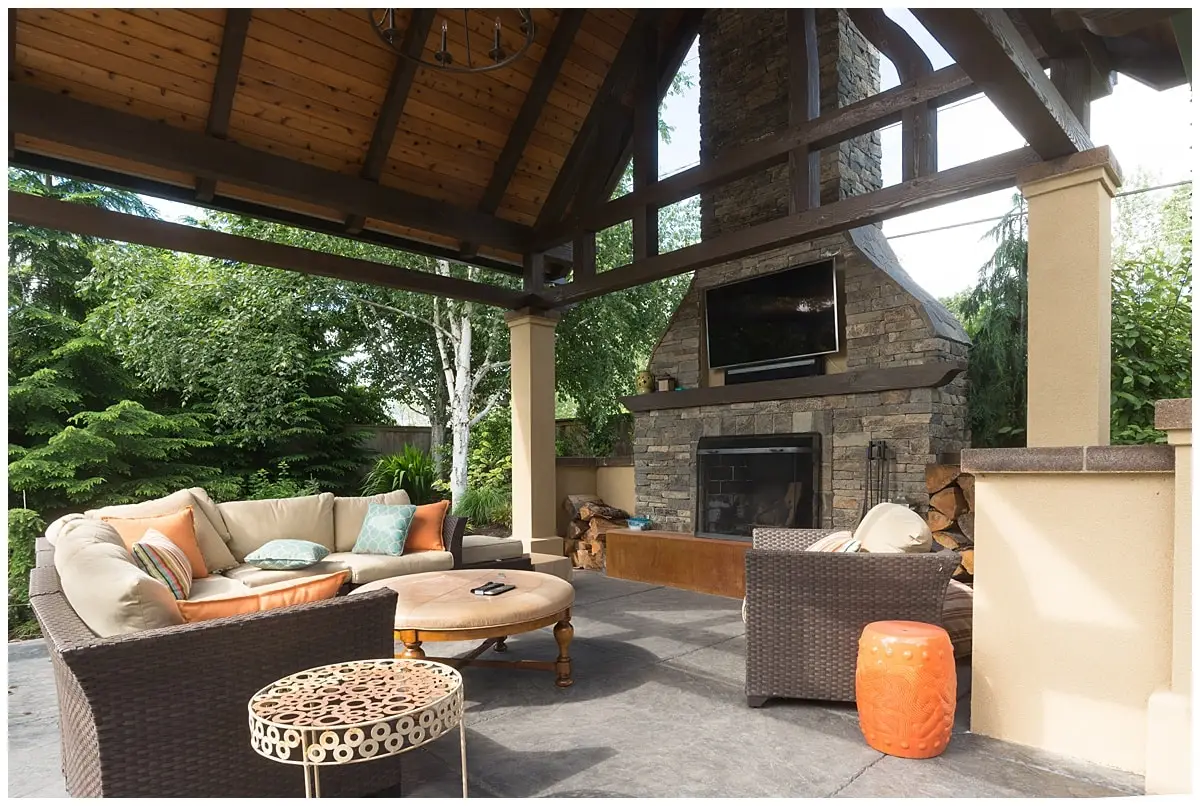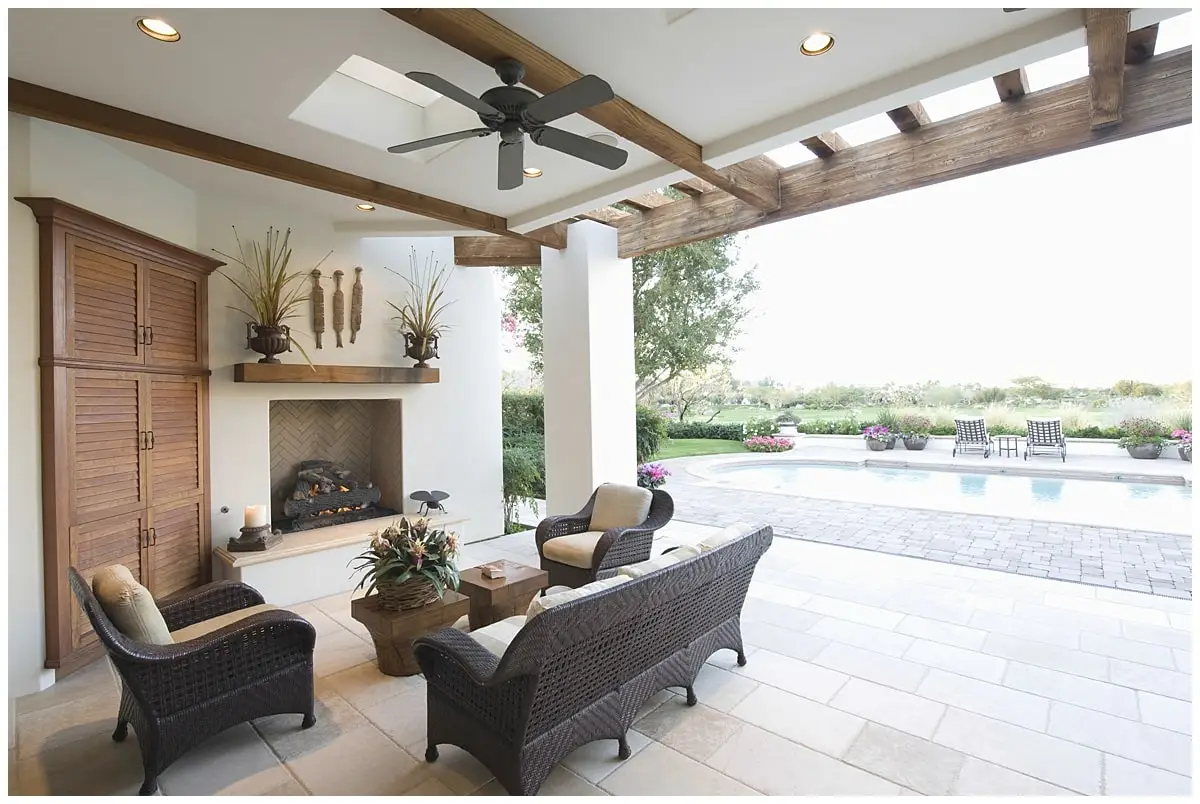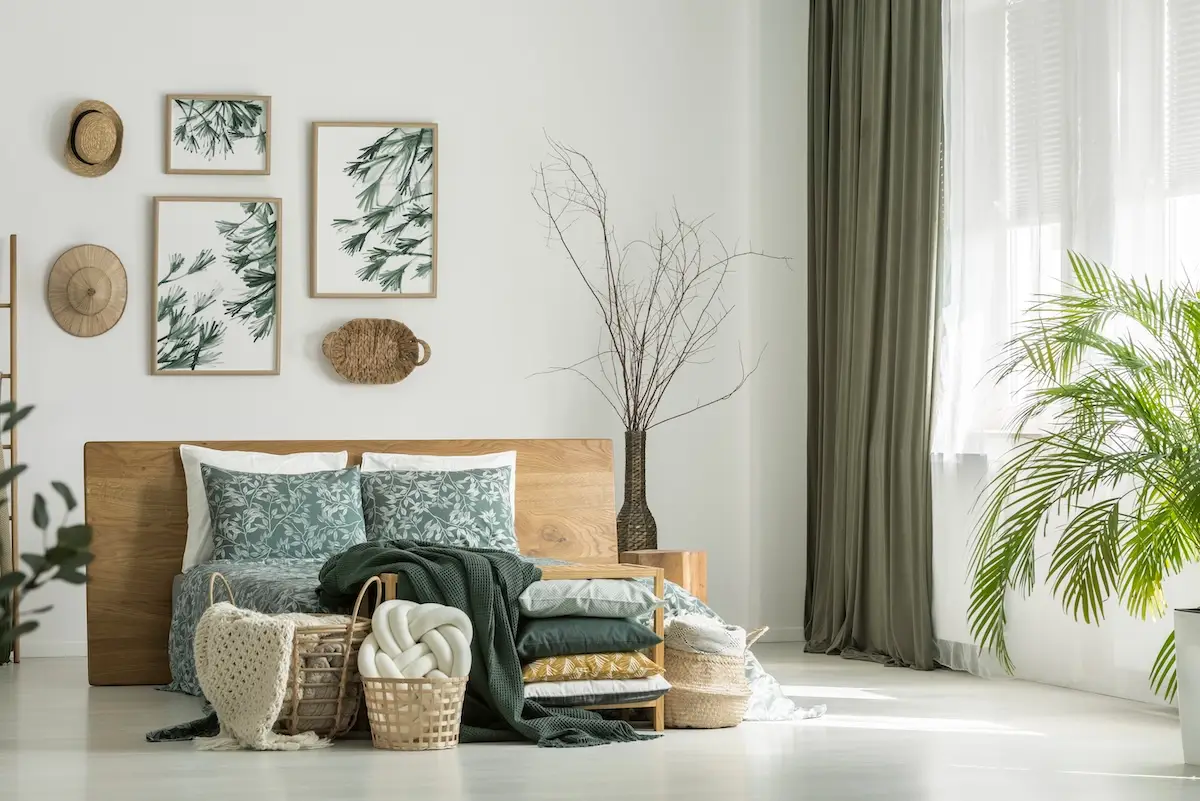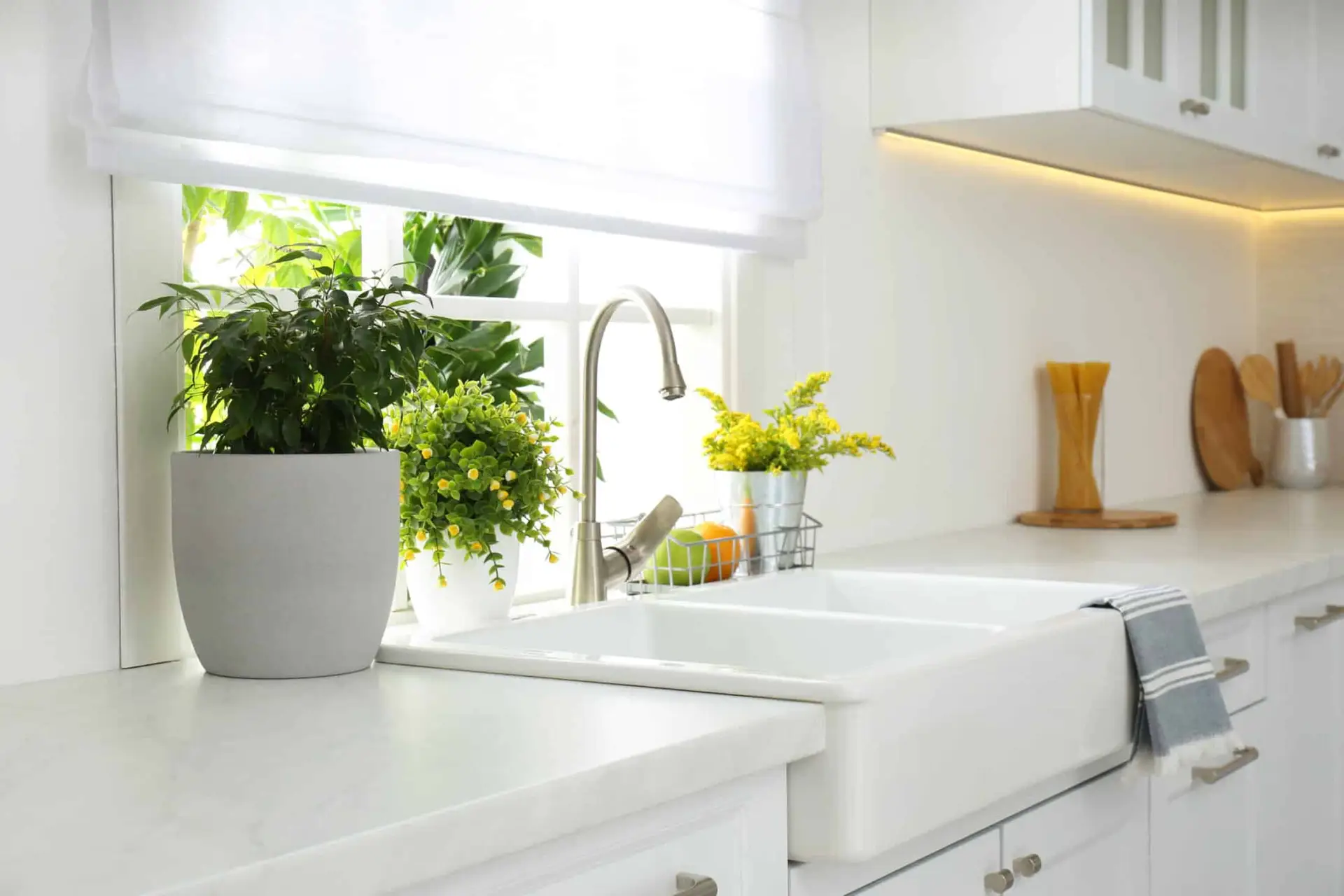You probably started thinking about installing an outdoor fireplace because you want to spend time with your friends and family. Sharing delicious food and making memories over an open flame sounds appealing, but you still need to plan it out. Having a plan is critical when you’re thinking about installing an impressive centerpiece like an outdoor fireplace.

Building Codes
There is no question that your outdoor fireplace should be installed by professionals. You need to make sure that whatever you build is entirely up to code. There will be codes and regulations around the installation of your fireplace that you may not have considered.
Instead, professionals will do necessary surveys to ensure that they can install the new build in the location you choose. Your interior designer will guide you through the process and help take care of every important detail. It is a good idea to have a backup location in case your original idea hits any snags like a power or gas line on that part of the property.
Keep in mind that you may also need a minimum of space between other structures or trees on your property. Either way, it’s a job for professionals, and the best thing you can do is be flexible with their recommendations about where you might need to place an outdoor fireplace.
Check Your Homeowners Insurance
Some insurance policies also require additional coverage if you have an outdoor fireplace. If you do not currently have coverage for issues caused by an outdoor fireplace, you may not be able to recover any damages if something happens.
Once your homeowners’ insurance covers you, check with them to see if they also have specific regulations in place that your builders must follow. For example, the insurance company’s minimum distance may be greater than the city code’s minimum distance. Go with whatever is greater to cover yourself on all fronts.
Developing a Design Concept

Once you have gotten any approvals needed for installation, it is time to discuss your design concept with your designer and builders. Think about the room you must work with for the fireplace in addition to the sitting area you envision.
Suggestions to help you tailor your design include thinking about the fireplace’s purpose when you’re outside. Planning to cook food may require a different design than something designed purely for ambiance. You also want your fireplace to complement your home, so consider creating something that adds to the aesthetic appeal.
Wood-Burning vs. Gas
Another thing to discuss with your builders is your options for a wood-burning or gas-powered outdoor fireplace. Both can be excellent choices depending on your area and what your goals are for your build. In some situations, having one will be better than the other, so you will need to discuss options with your builder.
With frequently drought-ridden places and constantly have fire bans in effect, a gas fireplace is a good option. There aren’t any embers to deal with in a gas fireplace, and you will not have any ash to clean up. One of the downsides to a gas fireplace is that existing gas lines may limit where you can build your fireplace.
Wood-burning fireplaces add a rustic element to your outdoor area, and they also burn hotter than a gas fireplace. You also have more flexibility with where to place a wood-burning fireplace if it meets regulations. There are some downsides to having a wood-burning option, including the smoke, embers, and ash.
Once you’ve chosen a design and regulations are reviewed, you are ready to move forward with your build. Installing your outdoor fireplace shouldn’t take too long with an experienced builder, and before you know it, you will be ready to enjoy your new outdoor living space. Our designers at WPL Interior Design can help guide you through the entire process. We’ll help you consider things you may not have thought about, and your fireplace will be built safely and beautifully.




